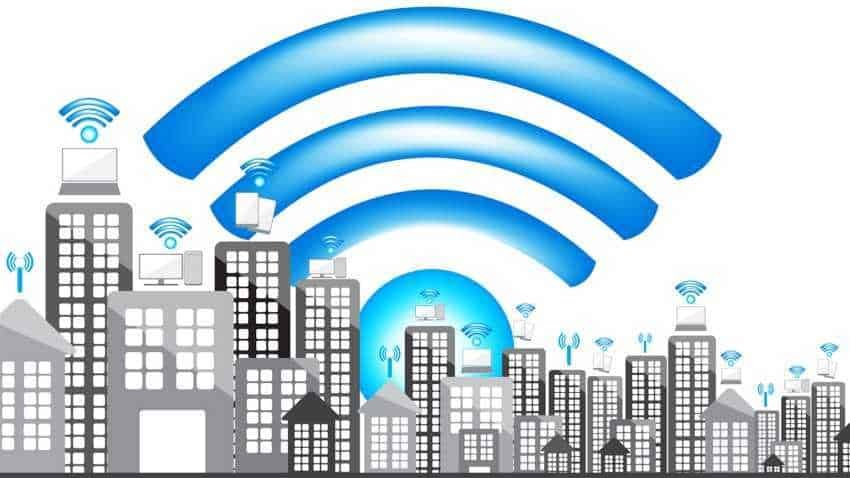When you start your microwave, you lose it signal of Wi-Fi to a nearby device? Wi-Fi and microwaves operate on a similar frequency, which can lead to interference.
1947 the International Telecommunication Union (ITM from International Telecommunication Union) created the ISM bands, Industrial, Scientific and Medical (ISM bands from the initials of Industrial, ScientificAnd Medical).
The aim was to define the devices that would be allowed to use specific radio frequency bands so as not to interfere with other radiocommunications services.
ITM has defined the 2,4 GHz band as a spectrum for microwave ovens. This band does not require much energy for the transmission, and it can at relatively lower power heat up the food. These of course have reduced the cost to the consumer.
As the ISM name implies, the original intention was to be used only on devices that do not provide communication. Since then, however, cordless phones, radios and more recently Wi-Fi have been released. The 2,4 GHz band was ideal, with low cost, lower energy needs and decent coverage capabilities.
Everything running in the ISM bands is supposed to be designed to avoid interference, and Wi-Fi devices use algorithms for this purpose. However, one oven Microwave is quite powerful and can affect nearby WiFi signals.
Microwave ovens have "shielding" to prevent leaks, but no matter how we do it is not F. So it is not uncommon to have a leak in a microwave oven.
Microwaves and Wi-Fi devices use a similar frequency that can interfere with each other. Your WiFi will of course not show anything remarkable in the microwave because of its "shielding."
WiFi and microwaves use a similar radio frequency, but they exist two major differences: focus and power.
A Wi-Fi router sends the signal everywhere. It sends it in every direction in an imaginary circle.
The microwave, on the other hand, sends its signal in only one direction, approximately to the center of the oven. This signal continues until it hits the sides or the bottom of the oven, bounces and returns with a slightly different angle.
It's not a perfect system due to the nature of the radio waves, so every microwave has hot and cold spots. This is why the ovens have rotating dishes.
Microwaves also use more power than a Wi-Fi router. They usually produce 1000 watts of power. Conversely, a typical Wi-Fi router produces about 100 milwave (or 0,1 watts).
If you experience interference problems, you do not need to replace your microwave oven. Probably the leak is minimal and it is not harmful to you and those around you.
Wi Fi is much more sensitive and does not need much to accept interference. Instead of replacing the microwave you could just move it.
Alternatively, use another Wi-Fi frequency (5ghz). Not only will you avoid interference from the microwave, but you will also prevent interference from your neighbors.
_________________
- 802.11ax or Wi-Fi 6 new template, new name
- Wi-Fi router and Wi-Fi: all you need to know about the wireless network
- Wi-Fi 6 what's different and why should I care?
- What WiGig is and what's different from Wi-Fi 6
- What is the difference between 5G and 5 GHz Wi-Fi





